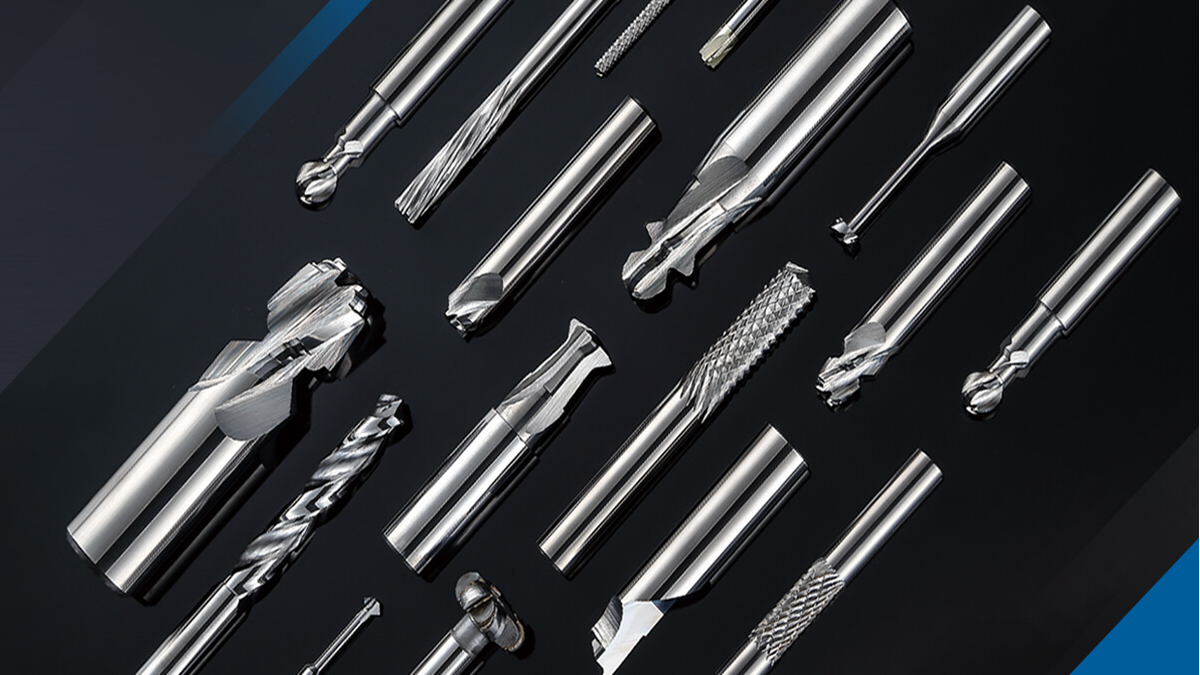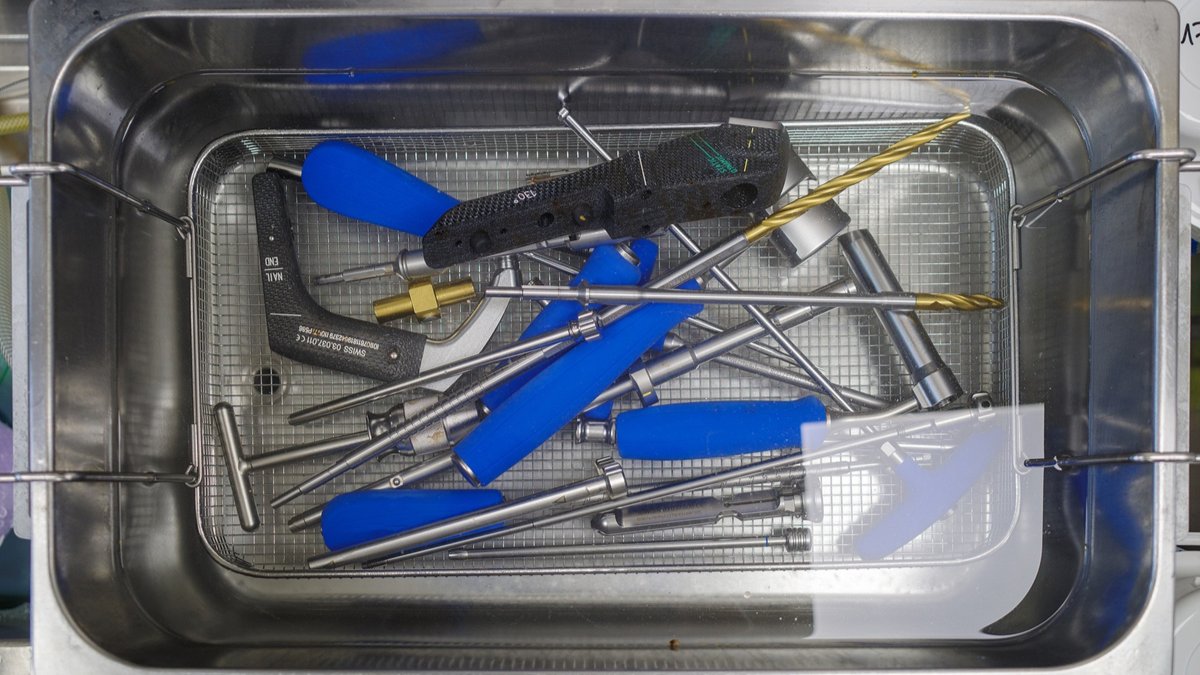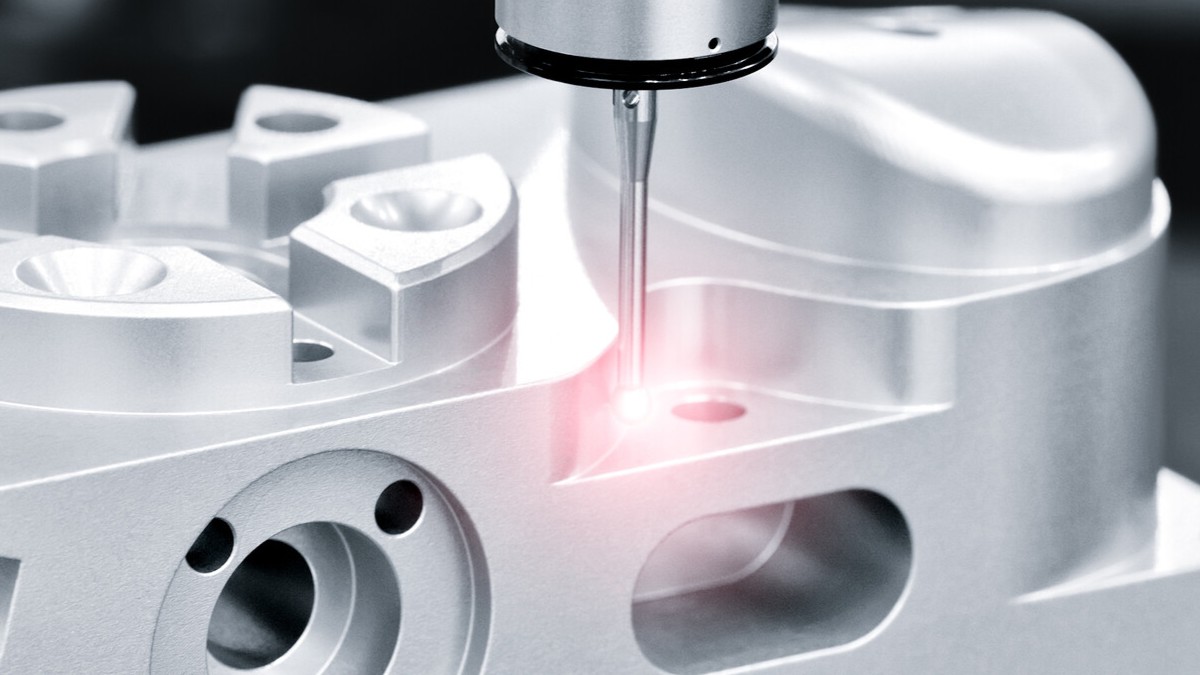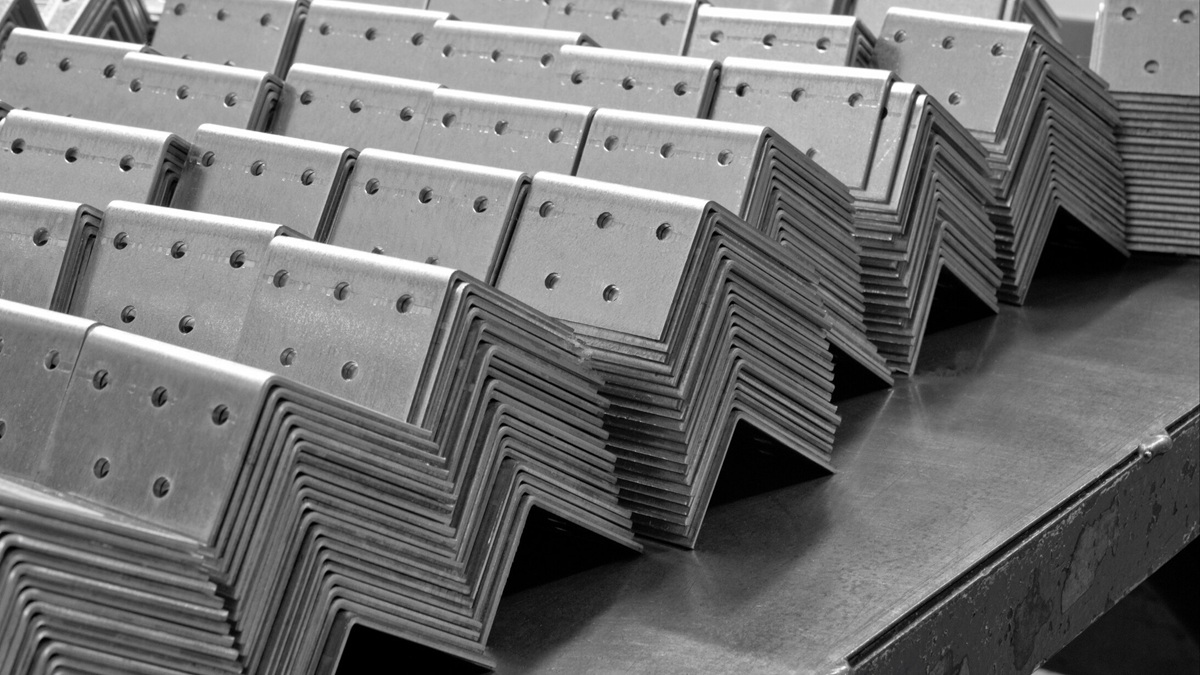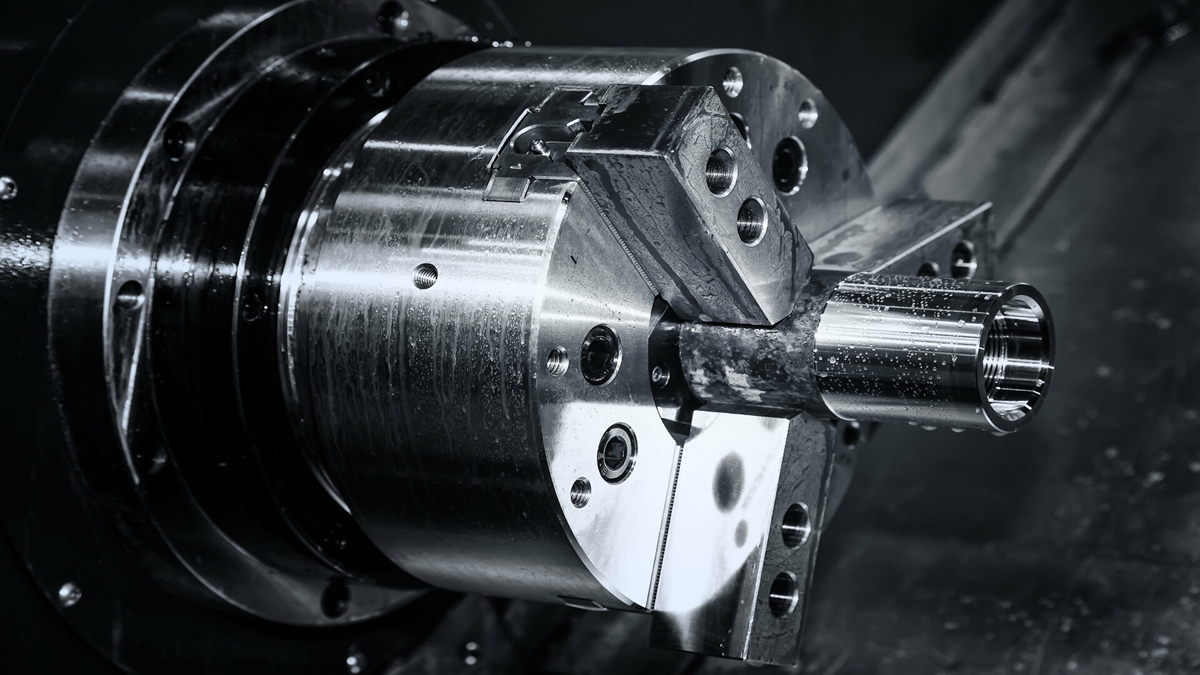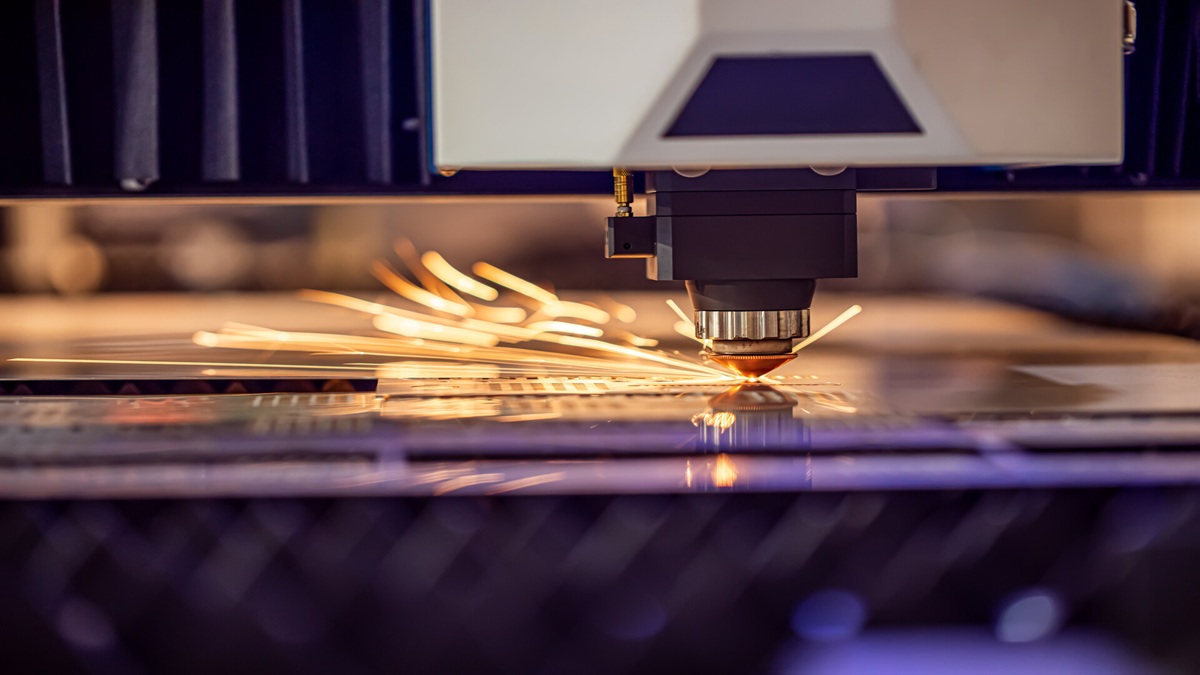One of the simplest ways of classification is to classify textiles other than general clothing and home decoration textiles as technical textiles. Let’s see what are so called Technical Textiles.
One of the simplest ways of classification is to classify textiles other than general clothing and home decoration textiles as technical textiles. At present, the definition and classification of technical textiles have four characteristics: the classification method of end-use, the end-use is not general clothing and home decoration textiles, the research and development and application focus on the structural engineering design and structural analysis of textiles, and the appearance is not particularly emphasized, color and pop.
In terms of product characteristics, technical textiles generally have the characteristics of remarkable durability, high strength, light weight, high heat resistance, high acid and alkali resistance or variability. It can be directly applied to other industries (such as conveyor belts, car hoods), or it can be a component of other industrial products (such as filter media in filters, cord fabrics in tires).
At present, technical textiles can be roughly divided into medical textiles, transportation textiles, technical textiles, construction textiles, agricultural, fishing, livestock and mining textiles, packaging textiles, geotechnical textiles, sports textiles, special clothing textiles, etc.
Medical Textiles
Textiles used in hygiene, medical treatment, health care, etc. are collectively referred to as medical textiles. From simple cotton swabs, gauze, sutures used to close wounds, uniforms, surgical gowns, masks worn by medical staff, diapers worn by babies, artificial blood vessels and artificial organs that need to pass strict verification.
Most of the textiles used in large quantities for external use, hygiene and protection are disposable, and the materials are mostly low-cost non-woven fabrics. If it is used in hospital towels, sheets, bedding, etc., it needs to have antibacterial characteristics. There are also products such as antithrombotic materials, blood purification devices, artificial organs, bone, dental materials, sutures, absorbent sponge-like membranes, and sore skin coverings that are only used in hospitals. The textile technology can be brought into full play, and the product can only be marketed after repeated experiments to verify its safety and no special side effects.
Transportation Textiles
If you already know what "textiles" are, just clarify what are the so-called "vehicles"? Where are textiles "used"? It's "through". Because textiles used in vehicles can be called "traffic textiles", such as vehicles running on land, flying in the sky, walking on water or water.
Common land transportation vehicles are mainly automobiles (including trains, motorcycles, bicycles, etc.); water transportation vehicles include ships and motorboats, etc.; aviation transportation vehicles include aircraft, space vehicles for astronautics, and flying boats. aircraft.
There are a lot of textile equipment required on vehicles. For cars, there are seat belts, airbags, belts, tires, filters, interior materials (such as various seat fabrics, car linings and blankets), even the brakes require textiles.
Simply put, all the aforementioned vehicles in which textiles can play the major and minor contributions required can be called transportation textiles. But it's not too bad to call the sofa on the truck, or the whole container of brand-name clothing on the container ship as transportation textiles, because these can only be called "textiles on vehicles".
Technical Textiles
Before the 1980s, although textiles had penetrated into various application fields, the market segmentation was not obvious. It was only divided into clothing items that are usually worn on the body, home accessories used in family life, and industrial applications other than these two. textile. Technical textiles are part of technical textiles.
In fact, as long as you carefully observe it, it is not difficult to find that in industrial activities, there are a large number of textiles appearing in inconspicuous places, such as conveyor belts and belts in mechanical equipment, or chemical fiber composite reinforcement materials that make equipment stronger. Textiles are also found everywhere in factories to reinforce pipes or containers, not to mention packaging, shading or as tape material.
In industrial activities, if the properties of filtration, oil absorption, water absorption, separation of substances, electrical conductivity, antistatic, anti-virus, explosion-proof, flame retardant and anti-wear properties are required, the help of textiles is usually required. why? Because textiles have the characteristics of strength, toughness, elongation, softness, and dimensional stability, they can easily achieve the expected goals. Because of this, textiles have become almost indispensable basic materials in industrial activities.
Introduced here, perhaps you will find that the technical correlation between the various products in technical textiles is very low, often "unrelated to each other". For example, motor drive belts and conveyor belts, air-conditioning filtration systems, electronic-grade wipes for wafers, and leather-textured casings and smart textiles for 3C products all have their own unique characteristics. Therefore, grey areas often arise, such as where does "filter textiles" belong? Is it for transportation? Is it for industrial use? Is it for environmental protection or protection? That depends on its end use.
Architectural Textiles
Buildings are closely related to human culture. After several evolutions and development, the most revolutionary change is the cloth membrane structure building. Maybe you have never heard of the cloth membrane structure, but you must have seen the tents used for camping, or the awnings commonly used in outdoor activities. These are relatively simple cloth membrane structures.
Today's textile technology can cover the roofs of large and sturdy buildings like Hualien Ocean Park, National Taiwan University Stadium or Tokyo Dome with cloth film. The majestic roof structures of these large buildings are actually "supported" with cloth membrane textiles. Common cloth membrane materials are made of polyester fiber or glass fiber yarn into a base cloth, and then combined with a fabric surface coating that is resistant to weather changes such as wind, rain, cold and heat, etc. This kind of roof supported by cloth is usually can be used for 12 to 50 years.
In addition to the cloth membrane structure, there are actually many types of textiles used in building or structural engineering, some of which are hidden in invisible places: for example, to make the house waterproof, wrap a layer of tarpaulin in the wall or roof structure; Or in order to make the cement column stronger, often additional reinforcing fibers are added to the concrete.
Textiles for Agriculture, Fishing, Livestock and Mining
All textiles used in agriculture (including horticulture and forestry), fishery, animal husbandry, mining and other fields are collectively referred to as "agricultural, fishing, livestock and mining textiles", and their products include a very wide range and many types.
Common ones are fishing nets, irrigation and drainage systems, sunshade covers, vegetable and fruit shields, etc., as well as various clothing and equipment for the staff engaged in these industries. The work hakama or equipment in this field is suitable for the special needs of its use, such as waterproof, sunshade, pesticide isolation, warning, or anti-chain saw, cutting resistance, abrasion resistance, etc.
Agricultural, fishing, livestock and mining textiles are mostly coated cloth and grid cloth in form, and non-woven or composite fabrics are mainly used in material. Product design and development will respond to terminal needs, each with its own characteristics.
For example, the common vegetable, fruit and sapling nets are mainly used to prevent insects. Because of the large amount of use, it must be a price that farmers can afford. In addition, because manpower is required to assemble the sleeves, it is easy to assemble and disassemble the sleeves. It is best not to recycle them, but to directly discard them on the farmland to be decomposed by the soil.
Sometimes a thin rope with seeds is used in afforestation, and the rope is thrown out by an air gun, so that trees can be planted neatly according to the plan, and there is no need to go up and down the mountain to work hard. After the seeds germinate, the string will be decomposed and absorbed by the soil, which is quite environmentally friendly. The above-mentioned materials all use biodegradable raw materials.
However, there is one textile that must be avoided from being decomposed, and that is fishing nets. The appeal of fishing nets is to be strong and durable, to be able to resist corrosion, or to absorb water so as not to be too heavy to be recovered. Some box-grown fishing nets or fixed fishing nets need to be placed in the sea for a long time, so the performance requirements of the fishing nets are very high, and of course the cost is not cheap.
Packaging Textiles
When it comes to packaging, you may think of plastic bags, cartons, paper bags or special bottles, glass bottles, etc. In fact, textiles are also important materials for packaging.
In addition to containing the contents, the packaging also has the functions of protection and beauty. Gift wrapping is all about aesthetics and adds mystery and texture to the gift. Although textiles are rarely used in gift packaging, if you can use a variety of cloth or ribbon packaging, you can often make gifts show special effects.
Food packaging also often uses textiles, especially when there are breathable, anti-mold or other special needs. Grains such as flour, rice, soybeans, etc. are usually packed in sturdy sacks or fine cotton bags. Although paper bags are also used in small packaging, textiles are still used in large packaging, which can carry more load, are not easy to be damaged, and are more breathable.
Another common food packaging is small tea bags. The tea bags are made of non-woven fabrics, which are cheap, convenient and environmentally friendly, without losing the flavor of tea leaves. In fact, non-woven cloth is recognized as a very good packaging material. In addition to being commonly used in tea bags, it can also be used to package vegetables and fruits.
Using textiles as packaging materials, in addition to being beautiful and adding texture, the most important thing is to use its "breathable" characteristics. Of course, there are also many special occasions that require textiles to be packaged, such as precision and valuable instruments that need to be dust-proof or static-discharged. At this time, a dust-proof cloth cover with anti-static treatment can come in handy.
Geotextiles
Geotextiles are probably the least common textiles for the average consumer, because they are usually hidden in the ground, beside ditches, landfills, sports lawns, hillsides, under railway roads, breakwaters, bridge piers, and only during construction. visible. Once the construction is completed, it will silently undertake important tasks such as soil and water conservation.
Ground textiles are often used in the form of "ground textiles", and there are many types. The commonly used geotextiles are mostly "composite geotextiles" woven from high-strength fibers treated with anti-ultraviolet rays. The commonly used fiber materials are polypropylene or polyester, and then stabilized with carbon black or coated with an outer layer to make the composite geotextile. Geotextiles have good water permeability or acid and alkali resistance.
There is also a grid-like geotextile that is often used, called stiffening grid. It is made of high-density polyethylene board through the extrusion molding, or polyester fiber is cross-woven and covered with polyvinyl chloride or polypropylene film. This material is often used as a retaining wall because of its good tensile strength, excellent friction and anchoring force when it contacts the soil, and strong earthquake resistance. If combined with the planting method, the slope can also be greened, and the indifferent concrete wall can be replaced by a beautiful green slope wall.
Sports Textiles
As the name suggests, sports textiles are textiles that allow users to engage in various sports and leisure activities. We all know that the sportswear and shoe uppers worn during sports are all textiles. Besides, can you imagine any sports-related textiles?
Usually, sports are inseparable from the pursuit of health. If you are engaged in competition, you must also pursue skills, endurance and speed. Therefore, the biggest difference between the design of sports textiles and general textiles is to design and produce sports clothing or related accessories that can protect the body for the unpredictable outdoor or indoor environment during exercise.
Take the sportswear and jogging clothes that are often worn for example, the fabric must be able to quickly wick away sweat and moisture, making people comfortable during exercise. If you are hiking, in addition to being comfortable, you must also be able to keep out the cold, and preferably waterproof. There are similar needs, but completely different considerations in design and production are wetsuits. It seems that it is impossible to go up the mountain and go to the sea without good equipment.
If you are riding a bicycle, motorcycle, or even racing, sportswear must have wear-resistant properties. Wear-resistant sports textiles are needed, as well as baseball gloves, ski gloves, boxing gloves, hunting suits, judo suits, and various protective gear. Speaking of protective gear, for fencing sports such as Western swords, the equipment must be resistant to puncture.
Some competition suits require careful design and the use of very sophisticated textile techniques, such as swimming, racing skis, etc. If you can use textiles to reduce drag, you can add a little speed and create good results. However, some sports need to buy more time, then use textiles to increase resistance, such as ski jumping, skydiving, hang gliding and other sports, the key is to master the air time. As for paragliding, windsurfing and other sports, it is necessary to use very strong and unbreakable textiles, as well as climbing ropes and helmets.
Many sportswear worn on the body is mentioned, and finally sports equipment using textiles is introduced. In case you don't know, almost all golf balls have several layers of fabric inside, even stiff golf balls. Some golf clubs, racing boats, rackets, fishing rods, bicycles, etc. are made of reinforced fiber composite materials, which are both light and strong. Another little secret, the nets on the court are also textiles.
Textiles for Special Clothing
Clothing textiles for special occasions or uses can be called special clothing textiles. Think about the fact that if firefighters wear fire suits that can easily catch fire, it won't protect firefighters. Therefore, fire clothing needs to be "flammable" and "high temperature resistant", and textile technology has to come into play at this time. There are many types of special clothing textiles, but most of them are for "protection" purposes. For example, the bulletproof vests worn by police and soldiers have several layers of fabric in them that can intercept bullets without hurting themselves.
The protective clothing of chemical factories or chemical soldiers must be able to prevent the erosion of chemicals, and even send out warning signals. When working in the clean room of the factory, you must wear clean clothes, because no dust can be touched or dropped. The space suits worn by astronauts are even more complicated.


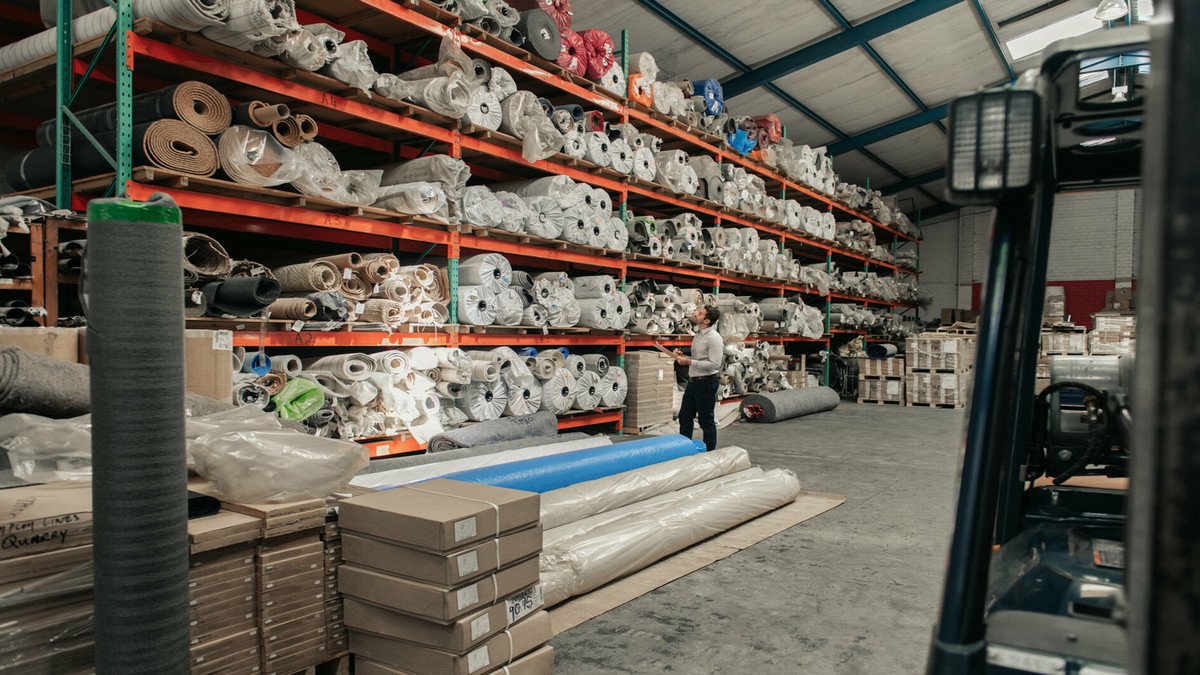
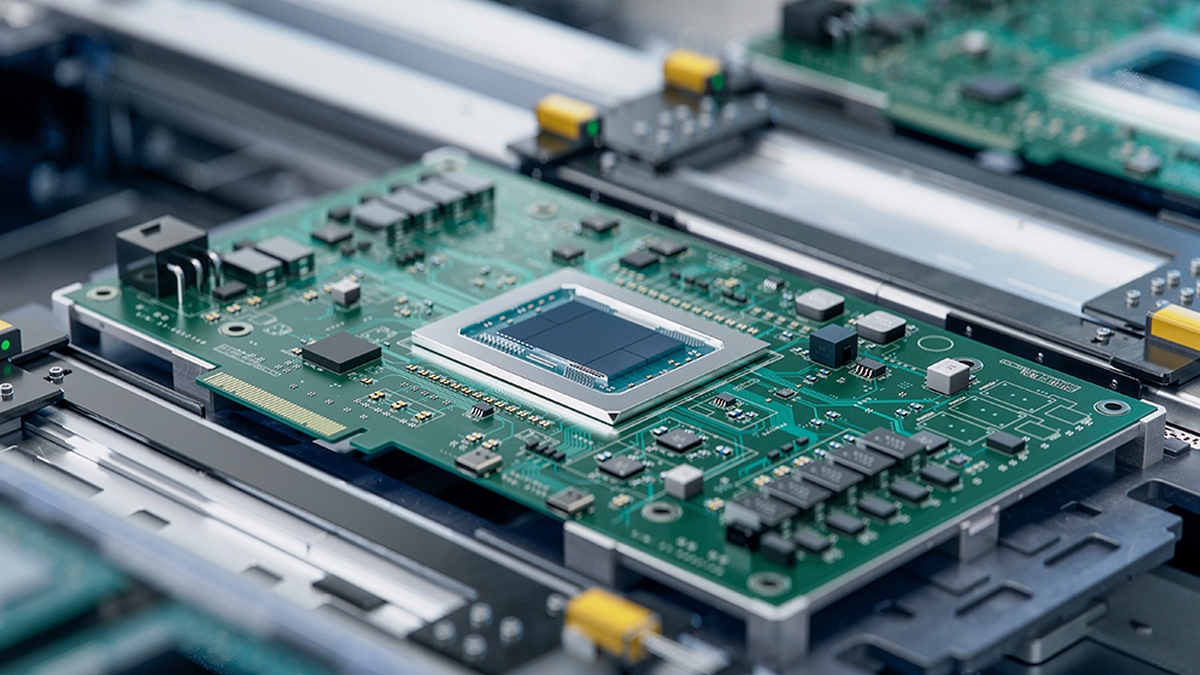


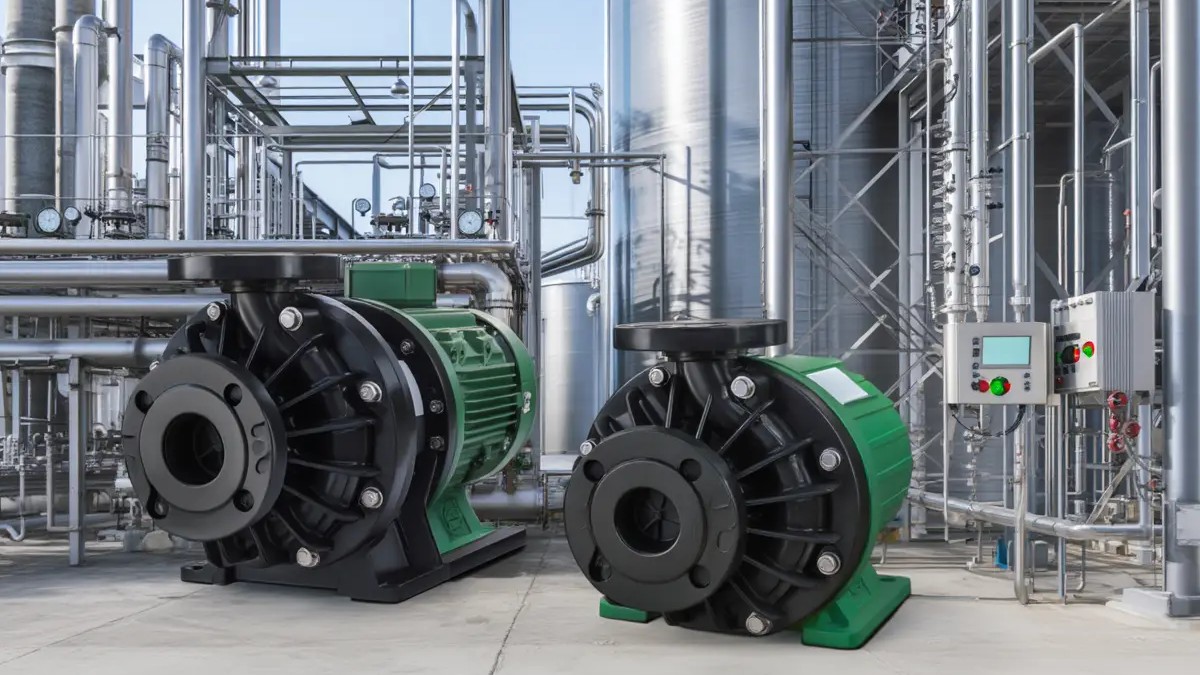
.png)
